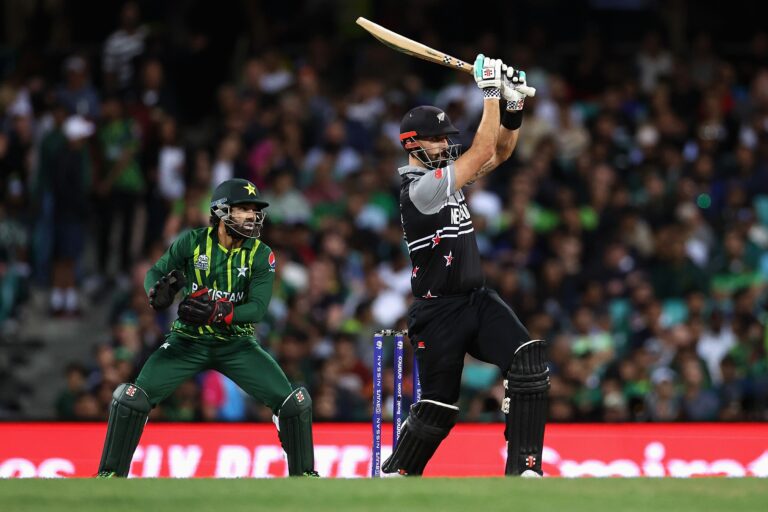The Role of Spin Bowling in Modern Cricket
Allpaanel, 11xPlay: In modern cricket, one key factor influencing spin bowling is the bowler’s ability to vary their pace effectively. By changing the speed of delivery, spin bowlers can deceive the batsman and induce false shots, leading to valuable wickets. A well-executed variation in pace can make it challenging for batsmen to predict the trajectory of the ball, putting them under pressure and increasing the chances of a dismissal.
Another crucial factor in spin bowling is the bowler’s control over line and length. Maintaining a consistent line and length not only restricts the scoring opportunities for the batsman but also creates opportunities for the bowler to exploit any inconsistencies in the pitch. By hitting the right areas consistently, spin bowlers can build pressure on the batsman, forcing them to make mistakes and ultimately leading to breakthroughs for the bowling side.
Evolution of Spin Bowling Techniques
Spin bowling techniques have undergone significant evolution over the years, with spinners continuously refining their craft to outwit batsmen. From the classical off-spin and leg-spin variations to the more contemporary mystery spinners and wrist spinners, the array of techniques employed by spin bowlers has added a new dimension to the game. Spinners now incorporate variations in pace, flight, and drift to deceive batsmen and take crucial wickets.
Moreover, the advent of T20 cricket has further accelerated the evolution of spin bowling techniques. Spinners are now required to adapt quickly to the demands of the format, focusing on containment as well as taking wickets. The emergence of innovative deliveries such as the carrom ball, doosra, and knuckleball has added an element of unpredictability to spin bowling, making it an indispensable asset in a team’s bowling arsenal.
Impact of Pitch Conditions on Spin Bowling Strategies
Spin bowlers often face varying challenges based on the pitch conditions they encounter during a cricket match. A dry and dusty pitch tends to offer more grip to spin bowlers, allowing them to generate greater turn and bounce off the surface. In contrast, a pitch with moisture or grass cover can hinder the effectiveness of spin bowling by offering less grip and turn, thereby requiring bowlers to adapt their strategies accordingly, relying more on variations in pace and trajectory. The ability to quickly assess pitch conditions and make necessary adjustments is crucial for spin bowlers aiming to outwit batsmen and take wickets.
Furthermore, the deterioration of a pitch over the course of a match can significantly impact spin bowling strategies. As the pitch wears out, it may develop cracks, uneven bounce, or rough patches, which spin bowlers can exploit to extract more turn and create deception. However, the same conditions can also make it challenging for bowlers to maintain consistency in their line and length, as the unpredictable nature of the pitch requires constant adaptation. Therefore, spin bowlers must possess a keen understanding of how pitch conditions evolve and impact their deliveries to maximize their effectiveness and play a pivotal role in their team’s success.







